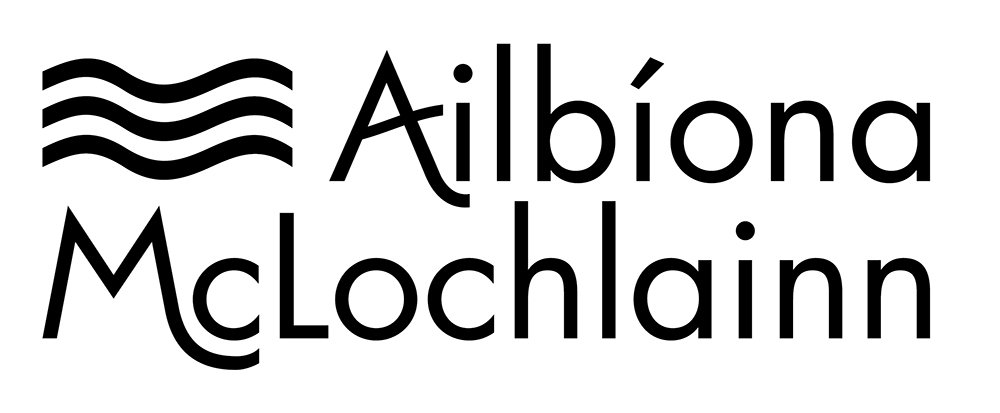Peninsular Pullover: a Look Behind the Design, & Some Q&A
As you have probably noticed already, the Peninsular Vest pattern has been updated… to include instructions for adding sleeves! Consequently, the pattern has been renamed to simply Peninsular, and you now have the option of knitting a vest or a pullover.
The requests for a pullover version of this design began to come in almost as soon as I published the original vest pattern. My initial impulse, however, was against doing this.
Firstly, because I designed the aesthetics of the cables motif specifically with a sleeveless garment in mind. The undulating vertical lines, the proportions of the cables - were all thought through assuming a certain kind of garment, if that makes sense. My concern was, that adding sleeves would change the dynamic - and not for the better.
Moreover, the Peninsular Vest was designed with integrated armhole edgings. Not only is the vertical ribbing around the armhole worked at the same time as the main garment, but it gives the appearance of emerging seamlessly out of the bodice side-seams, with an overlap at the underarms.
Surely a sleeve would disrupt the flow of this design element? And even logistically, how would it be possible to pick up sleeve stitches considering the overlapping bit of fabric under the arm?
After thinking about it, however, I came up with two possibilities - both of which are now included in the Peninsular pattern instructions.
The option shown in the top photo, eliminates the armhole edging. The sleeve stitches are then simply picked up from the selvage edge. I wanted to try this, just to make sure it looked okay for those who might prefer that aesthetic. But the option I prefer personally and would recommend instead, is to simply knit the vest pattern as-is, from start to finish, with the integrated armhole edgings. And then, if you decide to turn it into a pullover, add sleeves. The edgings will then become a decorative element in lieu of armhole seams.
Q: But won’t the armhole edgings interfere with the sleeve pick-up?
A: There is a way to do it so that they won’t! Having described this in the pattern instructions, I thought it would be of interest to offer a visual here as well.
The key is to start the sleeves inside out. On the left you can see what the armhole edging looks like. And on the right, you can see what it looks like once the garment is turned inside-out.
In the manner described in the pattern, what you need to do is pick up stitches along the inner edge of the ribbing (inner - meaning the edge closest to the main fabric).
When using this method, the overlap that happens at the underarm will not interfere with the pick-up. And the sleeve fabric will not pull at the ribbed stitches, as it will be independent of them. When the sleeve is complete, the original ribbed armhole edge will look like a narrow decorative flap, covering up the armhole seam.
Regardless of whether you opt for the ribbed armhole edge version, or the ‘naked seam’ version, the underside of the sleeve will feature a continuation of the ‘faux-seam’ that runs alongside the bodice.
And to answer an additional question…
Q: Do the Sleeves include sleeve cap shaping instructions? I cannot decide whether to knit a fitted or an oversized pullover, and would love to have the option of a sleeve cap in case I do fitted.
A: The Sleeve Instructions absolutely include sleeve cap shaping. So you will have a nice, anatomically-correct sleeve that falls fluidly from the shoulder rather than jutting out.
But also: as the question above implies, if you knit a hyper-oversized version (where the shoulder is so long, it is essentially a dropped shoulder), then sleeve cap shaping is not necessary (because the dropped shoulder becomes a sleeve cap in of itself). So if you opt for a very oversized fit, you can simply skip the Sleeve Cap shaping - and this will not affect any other aspect of the Sleeve instructions.
How do you know if your fit is sufficiently oversized to skip the sleeve cap shaping? When the garment is still in its sleeveless form, simply try it on and see where the shoulders end! And if in doubt, just do the sleeve cap shaping regardless: you can, but do not have to skip it just because the garment is oversized.
Q: I was hoping there would be cables on the sleeves! Are you planning to add this as a possibility?
A: I initially experimented with cables on the sleeves, trying them in different locations and combinations. The result was not in keeping with the design aesthetic. Cables placed along the sleeves made the garment look too busy, and undermined the impact of the main cables on the bodice. So a definite no to that question. The sleeves are in plain reverse-stockinette, acting as background to the main cable motif, rather than competing with it. But look on the bright side: They are much easier and faster to knit that way!
I hope this answered questions and offered some food for thought, for those who are considering knitting a Peninsular Pullover.
All samples shown here were made with Folklore yarns Faerie Folk Donegal Mohair Tweed, in the following colourways:
grey vest: 2604 Enbar
navy vest: 2611 Merrow
green pullover: 2610 Tir na n’Og
The Peninsular pattern is available on raverly.
Be sure to download both the Vest and the Pullover instruction files after purchase!






